Washing the attic

specialists

equipment

treatment

Why is the attic washed?
- Removal of cholesteatoma contents (dead epithelial cells soaked in pus)
- Collection of biomaterial from cavities for subsequent laboratory research
- Stopping infectious-inflammatory progression
- Detection of a tumor-like formation - cholesteatoma
- Prevention of progression of inflammation to adjacent structures
Indications for cleansing the attic cavity

Frequently, washing the attic is an additional procedure in the whole complex of diagnostic and treatment measures.
Non-invasive manipulation is indicated for the following patient complaints:
- Sharp hearing loss
- Draining masses from the ear canal with pus and a very unpleasant odor
- Pain in the area of the ear, temple, behind the earlobe
- Feeling of fullness inside the ear
- Dizziness, headaches
- Noises in the ears (tinnitus)
- Autophony (the patient hears the amplified sound of his own voice)
- Hearing impairment
These symptoms indicate the presence of inflammation of the middle ear (otitis). Erased long-term symptoms indicate a chronic course of the disease, and sudden onset short-term symptoms indicate acute inflammation. Discharge from the ear is a sign of perforation (loss of integrity) of the tympanic membrane (drum), which is a condition for performing the procedure.
General information about the procedure
Washing the attic at the K+31 clinic, Moscow
Qualified ENT doctors at the K+31 clinic have extensive experience in performing the attic lavage procedure. We provide treatment for otitis media using the most effective treatment methods:
- Systemic antibiotic therapy
- Catheterization of the auditory tube
- Blowing the eustachian (auditory) tube according to Politzer
- Pneumomassage of the eardrum
- Physiotherapy
The refined technique of performing the procedure of washing the attic allows it to be performed quickly, without traumatizing the tissues of the auditory sections, without pain and discomfort for the patient.


How is an appointment with an otolaryngologist at K+31?
Our doctors

This award is given to clinics with the highest ratings according to user ratings, a large number of requests from this site, and in the absence of critical violations.

This award is given to clinics with the highest ratings according to user ratings. It means that the place is known, loved, and definitely worth visiting.

The ProDoctors portal collected 500 thousand reviews, compiled a rating of doctors based on them and awarded the best. We are proud that our doctors are among those awarded.
Make an appointment at a convenient time on the nearest date
Price









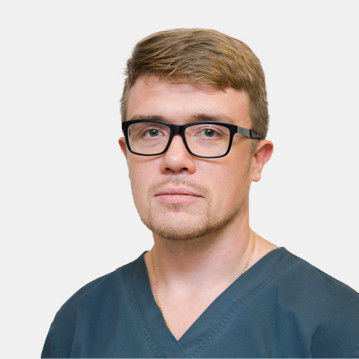

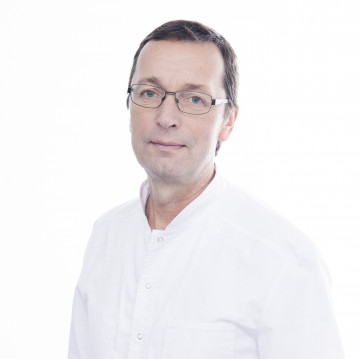
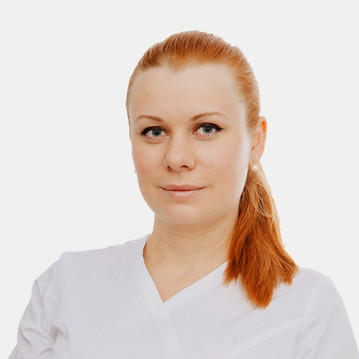



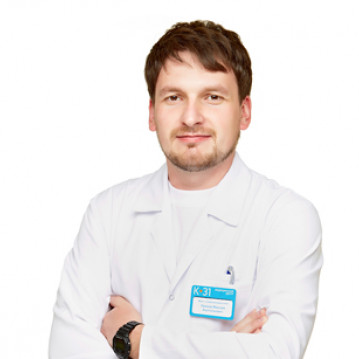


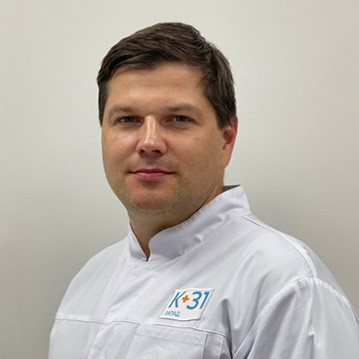




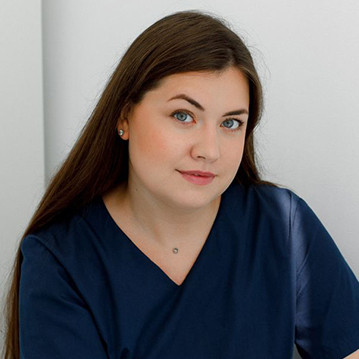
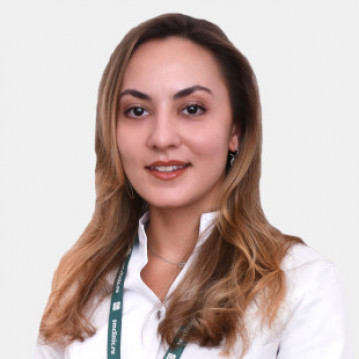





Why is it necessary to clean the attic cavity?
Therapeutic manipulation consists of introducing medicinal solutions into the cavity in order to wash out purulent-necrotic masses under their pressure. Along with them, pathogenic microflora is also removed, which helps to quickly reduce the inflammatory process.
With otitis media of the middle ear, under the pressure of purulent contents in the tympanic space and due to the melting of tissues by pus, perforation of the tympanic membrane often occurs in a typical place - the upper part, which is adjacent to the attic. The attic cavity, in turn, becomes clogged with pathological masses.
When the process is neglected and there is no medical care, the inflammatory process threatens to spread to the bone structures. The proximity of the important neurovascular bundle in this area and the brain suggests a high risk to the health and life of the patient.